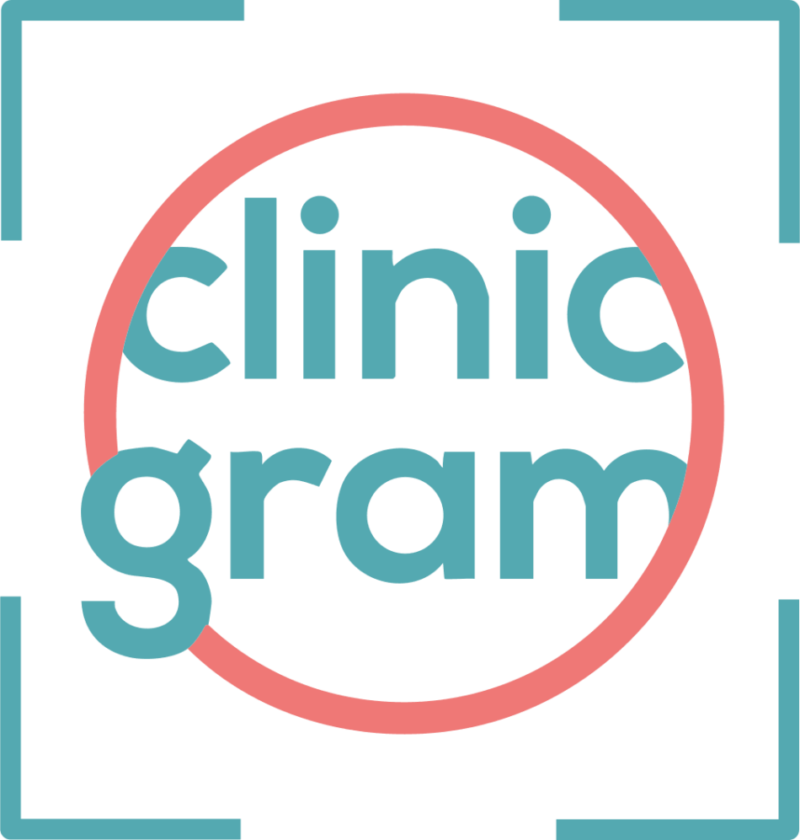
The current hospital environment faces a constant challenge: providing quality care with increasingly limited resources. Healthcare professionals must continuously evaluate, record, and analyze large volumes of clinical data, which increases administrative workload and leaves less time for direct patient care.
In this context, automation has become a key ally. Automated evaluation tools help streamline clinical processes, improve record accuracy, and provide real-time information for faster, more informed decision-making.
What Are Automated Evaluation Tools?
These are digital systems capable of analyzing images, text, or clinical data through artificial intelligence (AI), machine learning, or specialized algorithms. These solutions detect patterns, classify information, and generate automatic evaluations that support healthcare staff.
Today, there are multiple applications — from the assessment of wounds or pressure ulcers to the monitoring of a patient’s functional status or the tracking of therapeutic progress.
Main Advantages of Automated Evaluation
Automation not only transforms how clinical data is recorded and analyzed, but it also enhances the overall quality of care. Thanks to these tools, hospitals can work with greater efficiency, precision, and patient safety.
- Time savings and fewer human errors. Automation eliminates repetitive manual tasks and minimizes errors caused by fatigue, distraction, or subjective interpretation. By streamlining documentation and evaluation workflows, healthcare professionals can focus on what truly matters: patient care. In addition, automated systems ensure data consistency and reliability, which translates into faster, safer clinical decision-
- Higher diagnostic accuracy. Algorithms trained on large clinical datasets can analyze thousands of variables in seconds, delivering objective and reproducible results. This reduces variability between evaluators and provides a standardized foundation for diagnostic and therapeutic decisions. As a result, clinicians gain access to more precise information, supporting early detection of complications and more personalized treatment plans.
- Standardized processes. By applying uniform evaluation criteria throughout the hospital, automation ensures clinical consistency and transparency. Every assessment—whether performed by a nurse, physician, or specialist—follows the same validated methodology. This not only improves coordination among teams but also facilitates audits, compliance with quality standards, and benchmarking between departments or facilities.
- Predictive analysis. When large volumes of clinical data are aggregated and analyzed, hospitals can anticipate potential risks before they become complications. Predictive algorithms can identify trends in patient recovery, wound healing, or infection risk, allowing for early interventions. This proactive approach enhances patient safety, reduces readmissions, and supports a more efficient allocation of medical resources.
Impact on Hospital Management
Automated evaluation tools not only benefit the clinical field but also transform hospital management.
Data-driven decision-making
Automated evaluation tools turn clinical data into actionable insights. By automatically generating reports and visual dashboards, hospitals can monitor key performance indicators such as wound healing progress, treatment efficiency, and patient outcomes.
This data-driven approach enables decision-makers to identify patterns, evaluate care quality, and implement targeted improvements more effectively. Ultimately, it fosters a culture of continuous learning and evidence-based management across the entire healthcare organization.
Resource optimization
Time is one of the most valuable assets in any healthcare setting. By automating repetitive evaluation tasks, clinical staff can redirect their efforts toward higher-value activities—such as direct patient care, research, or staff development.
The reduction in manual data entry and subjective assessments not only improves efficiency but also reduces burnout and error rates. As a result, hospitals can achieve better patient satisfaction and improved operational performance without additional costs.
Technological integration
Modern healthcare requires connected systems that speak the same language. Automated evaluation tools seamlessly integrate with Electronic Health Records (EHRs), telemedicine platforms, and other digital infrastructures, ensuring a consistent and unified data flow.
This interoperability eliminates information silos, enhances coordination among departments, and supports remote monitoring and follow-up. In the long term, technological integration builds the foundation for smarter, scalable, and patient-centered digital ecosystems.
Real-World Applications
One of the most advanced areas is automated wound assessment, where AI can measure wound size, depth, or coloration from a photograph. This enables objective, standardized follow-up in both hospital and home care settings.
Other growing areas include remote monitoring of chronic patients, functional mobility assessment using sensors, and quality control in clinical audits.
Challenges and Ethical Considerations
Automation also presents important challenges. Data protection and regulatory compliance (such as GDPR) are essential. Furthermore, algorithms must be transparent, validated, and supervised by professionals to ensure that clinical decisions remain human-centered.
The goal is not to replace healthcare professionals, but to expand their diagnostic and analytical capabilities through safe and reliable tools.

Conclusion
Hospitals that adopt automated evaluation tools are advancing toward a smarter, more sustainable, and patient-centered healthcare model.
These technologies not only optimize management but also improve clinical outcomes and strengthen quality of care.
In an environment where time and precision are critical, automation is no longer a future option — it’s a present necessity.👉 Discover how Clinicgram can help you digitalize and automate your clinical assessment processes.
Please rate this post




